There are a few things within the beer drinking community that are divisive, and IPAs are one of them. “I hate IPAs!” is about as common as “I love IPAs.” People that declare their hatred of IPAs probably recoil at the idea of a Double IPA. You mean it’s double of what I don’t like? I’m good.
But IPAs have a huge following, and they’re not going anywhere. If we’re gonna dive in, we have to start with the Pale Ale, which will lead us to the India Pale Ale (IPA) and finally to the Double India Pale Ale. These three brews can be thought of as a pendulum that swings from moderately hopped and malted to heavily so. Within this style there’s endless room for variation, just as there is with different styles of wine made from the same grape. So hang in there, and we’ll get you covered.
An American Pale Ale (think: Sierra Nevada Pale Ale) is brewed with a nice happy medium of pale malts and hops that aren’t too assertive. Not too bitter, they’re refreshing, easy to drink and you can’t argue with them. Sierra Nevada helped this style take off with their use of brighter, fruitier American hops. On average, their ABV will range from 4.2 percent to around six percent.
Next on the spectrum is the India Pale Ale, or IPA (think: Bell’s “Two Hearted” Ale). It’s a fine line that distinguishes a pale ale from an India pale ale. In truth, stylistically they’re almost the same, and even more so when you factor in individual breweries taste and aroma decisions. But as a general rule of thumb, an IPA is going to be hop-prominent and slightly more bitter. This means aromas of citrus, pine resin, flowers and sometimes marijuana are likely to be found as you sip. A typical IPA will top out around seven percent ABV.
A Double IPA (DIPA) is also known as an Imperial IPA (IIPA). A DIPA is a distinctly American creation. As the IPA fever grew in the United States, breweries sought to satiate the desire. Think everything about an IPA, but dialed up. A DIPA has double the amount of hops, and more malt to counteract. Often, they take double the amount of time to brew as well. Richer in texture and booze, DIPA’s range from around seven percent ABV to 10+ ABV. The additional malt can result in a more caramelly or toasty palate. Think: “Pliney the Elder” from Russian River Brewing or Avery “The Maharaja”.
Want to keep it going? Yes, there is a Triple IPA, although it’s debatable in the beer community that this is really a thing. Technically, a Triple IPA is still categorized as an Imperial IPA. Have we pushed into a state of frenzy even considering something like a Triple IPA? Where does it end? Thick and syrupy, a Triple IPA can push 15+ percent ABV. At what point does it cease to be “beer”, you may wonder? Excellent question. But since we’re Americans, we have to push the envelope. Look for, if you can find it, Dogfish Head “120 Minute” IPA.

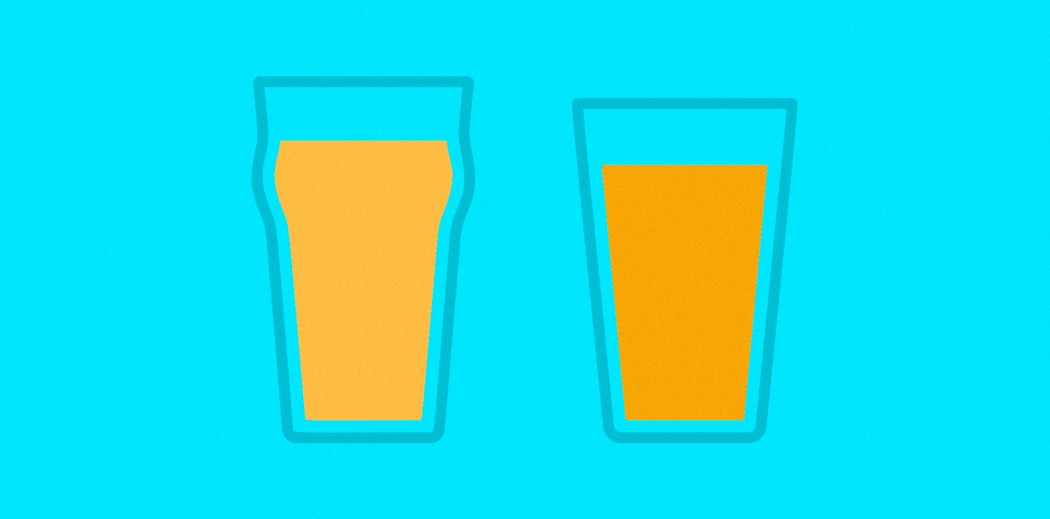
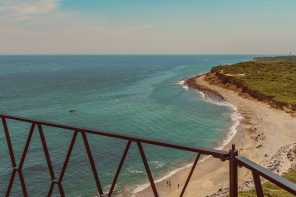
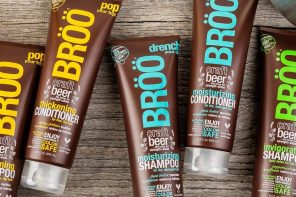
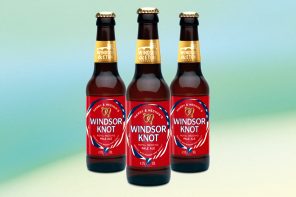
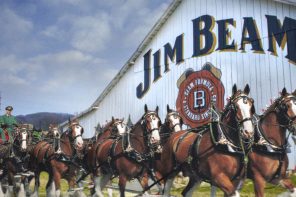
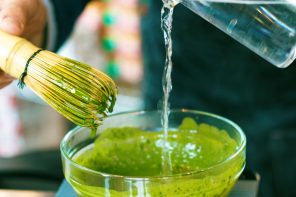
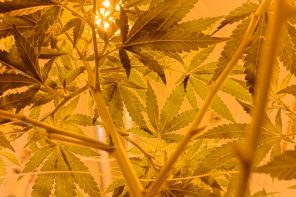
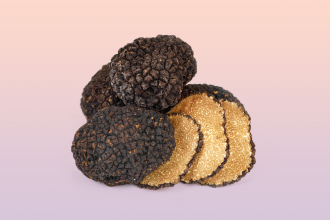
Thanks Kaitlin (the name that has hundreds of variations in spelling) Anyway you’ve cleared up something, I hope. I’ll give a double IPA a try but so far the IPA’s that I’ve had are just too bitter and hoppy.
I always thought that the India Pale ale was derived from the Brits shipping beer to the colony and having it spoil before it got there. So they “hopped” it up ’til it made the journey. Something like how the Portuguese stabilized Port, et al…
What say you?
You forgot to mention the delightfully distinct, yet not overbearing, CAT URINE aroma when an IPA is first tapped. Give me a fresh Chardonnay any day!